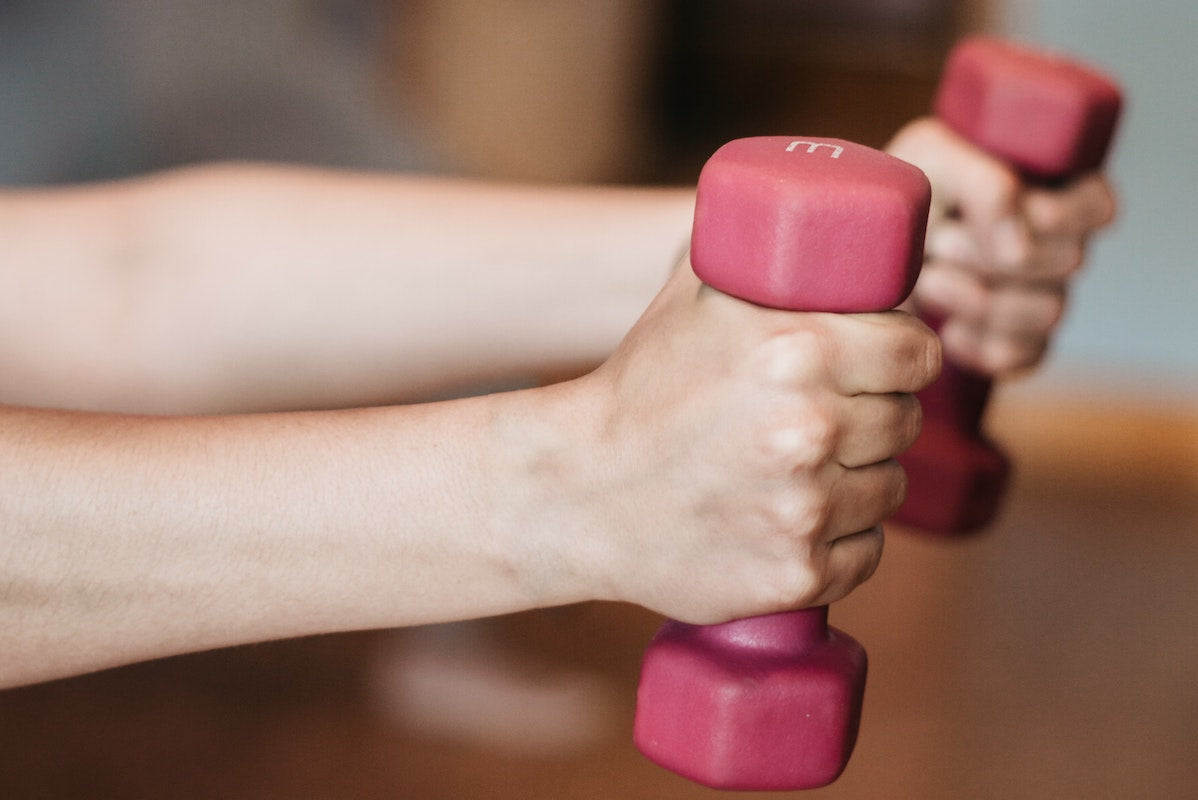
Guide to Exercising with COPD
Share
A very common misconception about COPD is that those diagnosed cannot effectively exercise. In fact, the opposite is true—exercise can help improve the symptoms of COPD and increase energy.
Exercise is an important part of pulmonary rehabilitation—combining exercises, breathing strategies, and education to help people with COPD improve shortness of breath and other symptoms. Making a habit of exercising regularly, while allowing yourself to take a break when your symptoms are acting up, can greatly improve your quality of life.
Read on to learn more about exercising with COPD.
Table of Contents
Summary Points:
- Avoid Daytime Napping: Napping for long periods can disrupt your natural sleep cycle. Keep naps short to improve overall energy levels.
- Adjust Your Sleep Position: Sleeping on your side with your head slightly elevated can reduce pressure on your lungs and improve sleep quality.
- Be Active During the Day: Regular physical activity will wear you out enough to help you sleep better and also improve COPD symptoms.
- Unplug Before Bed: Limiting screen time before sleep helps your brain relax and improves melatonin production, aiding better sleep.
- Oxygen Therapy: Supplemental oxygen during exercise can help maintain blood oxygen levels and improve sleep quality—consult your doctor for specifics.
- PEP Buddy: A portable, clinically proven device that reduces breathlessness and supports physical activity while preventing oxygen decline during exercise.
Where to Start When You Have COPD
Before beginning a new exercise routine, you should consult with your doctor to find a plan that is best for you and your health goals. For more specific guidance, your doctor can refer you to another specialist, like a physical therapist or personal trainer.
Types of Exercise
Exercise can be divided into three categories: stretching, aerobic (cardiovascular), and strengthening.
Stretching

Stretching is the lengthening of muscles, improving flexibility, and preventing injury. It’s important to stretch both before and after your workout. Be gentle and breathe through your routine. Consult a physician for recommendations specific to the exercises you want to target.
Aerobic/Cardiovascular Exercise

Aerobic exercise, such as walking, biking, or swimming, promotes heart and lung health. Start slowly and gradually build up your activity. Aim for 30 minutes of aerobic activity a few times a week. Remember, all movement is good!
Strengthening

Strengthening exercises, like resistance training, make muscles stronger—including those used for breathing. It is especially important for people with COPD to focus on upper body strength to improve lung function.
Focus on Your Breathing
If you regularly use supplemental oxygen, be sure to use it while exercising. The flow rate will be different during physical activity, so talk to your doctor about adjusting your oxygen levels. Also, focus on your breathing throughout exercise—inhale before movement and exhale through the most challenging parts of your workout. Strategies like pursed lip breathing can help regulate your breath.
PEP Buddy: Better Breathing, Backed by Science
PEP Buddy is a simple, portable, clinically proven medical device that reduces breathlessness so you can increase your activity level. PEP Buddy can also help to prevent significant declines in blood oxygen levels during activity.
Learn more about easing your shortness of breath with PEP Buddy today.This blog is for educational purposes only; talk to your provider to understand recommendations specific to you.
